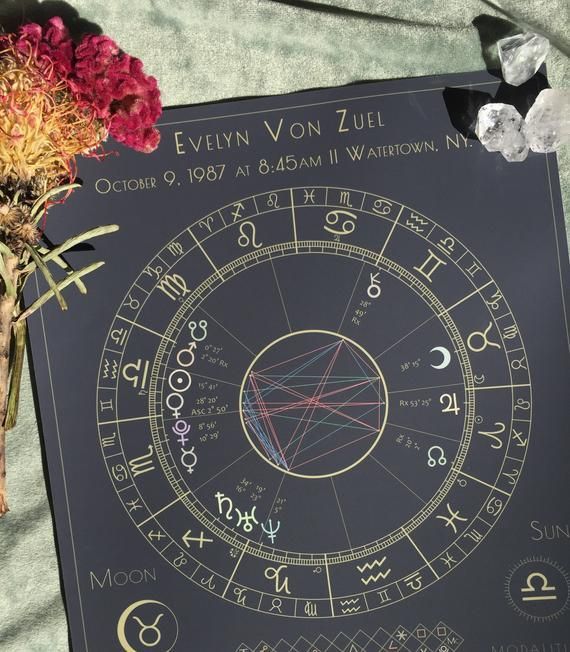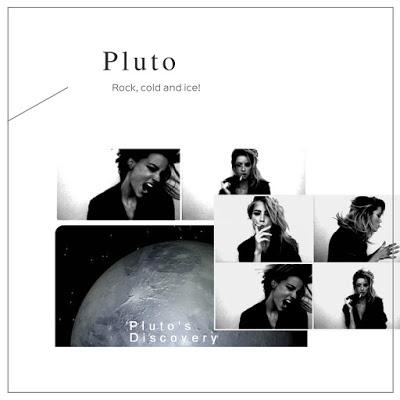
Passages Versus Astrology
 Important changes and turning points in our life are referred to as “transits” in astrological jargon. Transitioning from a known and comfortable environment into one that is unfamiliar and challenging is what a planetary transit symbolises. Almost every change compels us to take stock of our priorities and reconsider the way we live. When a transit occurs, it forces us to reevaluate our worldview and gives us the freedom to respond imaginatively to our new reality, whether positive or negative. Managing these shifts intentionally, with development as the ultimate goal, can bring about a radical change. The average person can expect to experience between ten and twenty important events throughout their lifetime. There are those that we choose, like getting married or having a child, and those that we don’t have control over, like losing our jobs or getting sick.
Important changes and turning points in our life are referred to as “transits” in astrological jargon. Transitioning from a known and comfortable environment into one that is unfamiliar and challenging is what a planetary transit symbolises. Almost every change compels us to take stock of our priorities and reconsider the way we live. When a transit occurs, it forces us to reevaluate our worldview and gives us the freedom to respond imaginatively to our new reality, whether positive or negative. Managing these shifts intentionally, with development as the ultimate goal, can bring about a radical change. The average person can expect to experience between ten and twenty important events throughout their lifetime. There are those that we choose, like getting married or having a child, and those that we don’t have control over, like losing our jobs or getting sick.
Gail Sheehy’s Passages: Predictable Crises of Adult Life explains how to make it through the tumultuous waters of life by breaking them down into identifiable milestones at key ages so that we may better prepare for and recover from each one. Although we all go through different phases of development, it is perhaps better to think of life as a series of turning moments. There were a number of publishing sensations in the 1970s, and one of them was Passages.
Sheehy realized that a current event was simply a trigger for deeper changes going on within her – some kind of midlife crisis. It sparked her interest in other people’s turning points, and to her surprise she discovered that these ‘passages’ happened with predictable regularity at roughly the same ages. People tried to blame external events for how they were feeling, but as with herself often the outer events were not the answer. Dissatisfaction with a life that had seemed fulfilling only a couple of years before indicated there was something going on at another level.
All of these birth chart “passages” are described in detail by astrology. The regularity with which many of these life milestones occur can be traced back to planetary transits that occur at regular intervals throughout particular years.
Twenties
In our 20s, we have to work out our path in life, whatever ways of being or doing give us a sense of aliveness and hope. We are likely to go one of two ways: do what we ‘should’ in terms of family and peer expectations; or pursue adventure and ‘find ourselves’. We either seek security and commitments, or avoid commitment altogether.
Saturn squares Saturn and Uranus squares Uranus occur at at the age of 21. This explains our thirst for stability and our desire to explore our boundless potential. When we’re 28 or 29, we’re just entering our 30s, and Saturn Return time is upon us. Saturn’s rotational cycle lasts about 29.458 years, and the planet takes around 2.5 years to pass through each zodiacal sign. When you’re in your late 20s, it goes back to where it was when you were born. Saturn represents maturity, solidity, and the crystallisation of one’s identity. A person’s passage into adulthood is commonly marked by the Saturn Return, which occurs at the same time as the progressed Moon’s return.
Thirties
The thirties are the ‘deadline decade’ .We suddenly realize, as Sheehy herself did, that there will be an end somewhere. “Time starts to squeeze”, which refines our priorities. While the twenties are the ‘anything is possible’ decade, the thirties let us know that we may not have all the answers, and this can be a shock. We demand authenticity of ourselves and begin to see that we can’t blame anything on anyone else. For women, who may have bet everything on their marriage and family, there may begin a rising assertiveness, as they realize that their life is not simply about pleasing others or living up to cultural norms.
At the time we hit 35 years of age, we go through another Saturn square Saturn shift. It’s intriguing that the author pinpoints age 37 as a turning point. “Both sexes eventually come to the realisation that life is significantly more serious and challenging than they anticipated in their twenties. Peak anxiety for most people occurs between the ages of 37 and 42. Sheehy found that the age of 37 is a particularly significant turning point.” At about the age of 42, you’ll experience the renowned Uranus opposition Uranus transit. These years of turmoil can be further explained by the fact that Saturn is in opposition to natal Saturn.
Forties
A sense of stagnation or disequilibrium is felt entering midlife. Those who have seemed to climb upwards through life effortlessly find that life catches up with them. Having intensely pursued a career, a person may think, was it really worth it, why don’t I have children? Many a man turning 40 will feel underappreciated and burdened, with the sentiment, ‘Is this all there is?’
Uranus forms and opposition to Uranus at this juncture, free will, the right to speak one’s mind, and the introduction of radical new ideas into one’s life are all under Uranus’s sphere of influence. According to Jung, this is the time when a person’s “unlived potential” becomes a resounding door-banger.







 Material Mysteries: Pluto in the 2nd House, According to Astrological Research
Material Mysteries: Pluto in the 2nd House, According to Astrological Research
 Signs You’re a Plutonian (Part 2)
Signs You’re a Plutonian (Part 2)
 Moon Trine Mars Natal Aspect
Moon Trine Mars Natal Aspect
 Pisces Fish Symbol Meaning
Pisces Fish Symbol Meaning
 Uranus Transits the 4th House: The Chaotic Path to Personal Inner Growth
Uranus Transits the 4th House: The Chaotic Path to Personal Inner Growth
 Taurus: Psychology
Taurus: Psychology
 Sun Square Pluto Natal Aspect: I Am Titanium
Sun Square Pluto Natal Aspect: I Am Titanium
 Sun Conjunct Pluto Synastry: Enlightening or Annihilating
Sun Conjunct Pluto Synastry: Enlightening or Annihilating
 Venus Trine Saturn Synastry
Venus Trine Saturn Synastry
 Sun Square Pluto Synastry: You’ve Got That Power Over Me
Sun Square Pluto Synastry: You’ve Got That Power Over Me
 Pluto’s Discovery and Astronomical Features
Pluto’s Discovery and Astronomical Features
 Jungian and Freudian Astrology: Part 1
Jungian and Freudian Astrology: Part 1
 Moonlight Psychology
Moonlight Psychology
 Mars-Pluto Synastry: Something Quite Dark and Dangerous
Mars-Pluto Synastry: Something Quite Dark and Dangerous
 The Differences Between Synastry and Composite Charts!
The Differences Between Synastry and Composite Charts!
 Pluto: 13 Dark Truths
Pluto: 13 Dark Truths
 By Jove!
By Jove!
 Mars Conjunct Pluto Synastry
Mars Conjunct Pluto Synastry
 Neptune in the 1st House
Neptune in the 1st House
 Sun Trine Neptune Natal Aspect: When Imagination Takes the Lead
Sun Trine Neptune Natal Aspect: When Imagination Takes the Lead